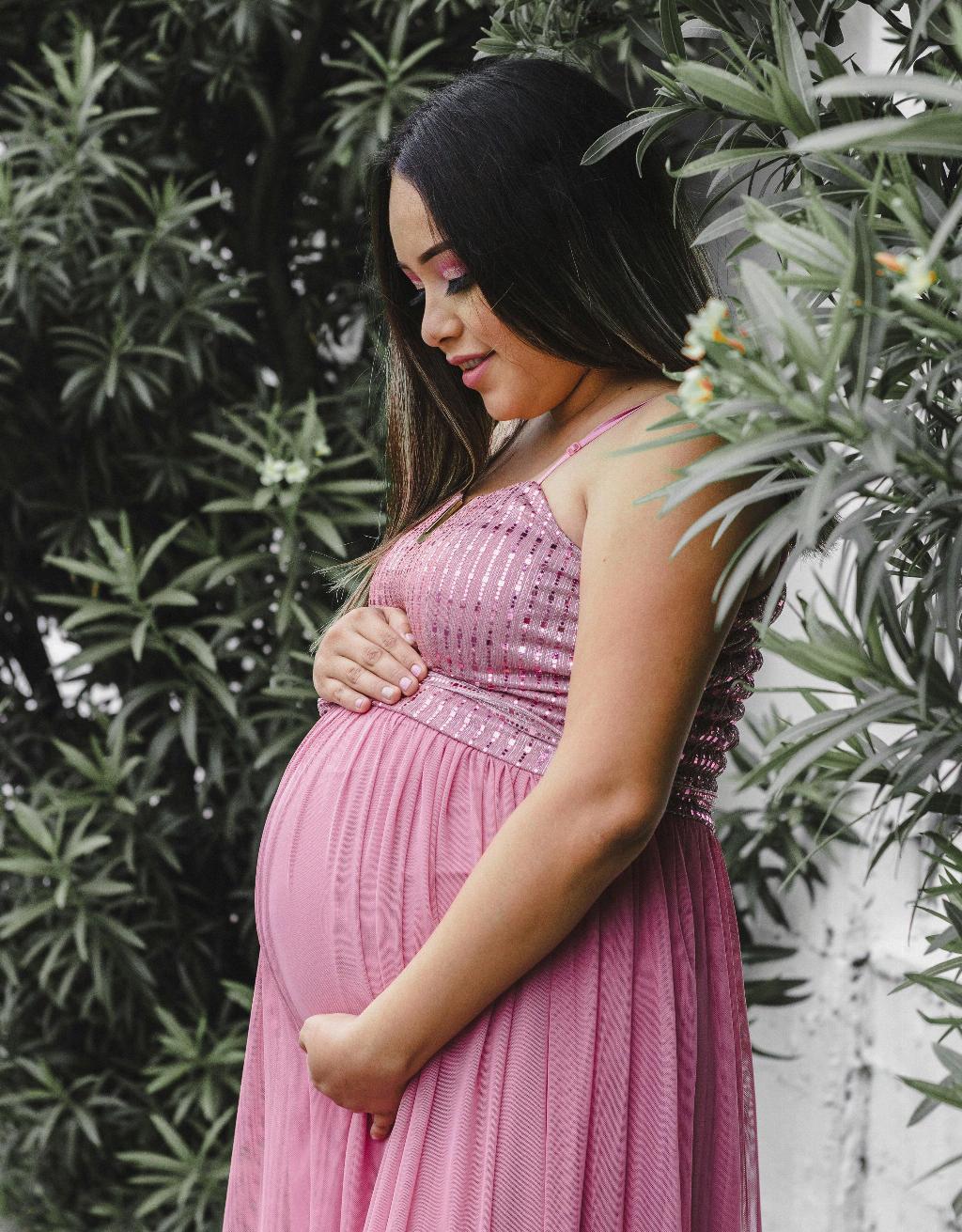When discussing childbirth, one common question that often arises is the percentage of babies born by caesarean section. It is essential to understand that caesarean sections can be classified into two main categories: planned and unplanned or emergency caesarean sections.
Planned Caesarean Sections
Planned caesarean sections involve scheduling the procedure before the expected due date, typically ensuring that the mother does not go into labor. According to recent statistics, around 16 out of 100 births are planned caesarean sections. These planned procedures are often recommended for various medical reasons, including concerns about the health of the mother or the baby.
Unplanned or Emergency Caesarean Sections
In contrast, emergency or unplanned caesarean sections occur when complications arise during labor, and the decision to perform the procedure is made swiftly to ensure the safety of the mother and the baby. While the percentage of births that fall under this category varies, it is generally lower than that of planned caesarean sections.
Factors Influencing the Rate of Caesarean Sections
Several factors contribute to the overall percentage of babies born by caesarean section. These factors may include previous cesarean deliveries, maternal age, medical conditions such as preeclampsia or diabetes, multiple pregnancies, and the position of the baby during delivery.
Rise in Caesarean Section Rates
Over the past few decades, there has been a noticeable increase in the rate of caesarean sections globally. This rise can be attributed to advancements in medical technology, changes in maternal preferences, and a better understanding of when a caesarean section may be the safest option for both mother and baby.
Benefits and Risks of Caesarean Sections
While caesarean sections are sometimes necessary for the health and well-being of the mother and the baby, it is essential to weigh the benefits and risks associated with the procedure. Caesarean sections can reduce certain risks during childbirth, but they also come with potential complications that should be carefully considered.
Maternal Recovery Post-Caesarean Section
Recovery following a caesarean section may differ from that of a vaginal delivery. Mothers who undergo a cesarean section may experience longer hospital stays, potential discomfort during the healing process, and restrictions on certain activities in the weeks following the procedure.
Future Pregnancies After Caesarean Section
For women who have had a previous caesarean section, the method of delivery for future pregnancies may be a topic of discussion with their healthcare provider. Factors such as the type of incision made during the previous caesarean section and the risks associated with vaginal birth after cesarean (VBAC) will be considered.
Educational Initiatives on Caesarean Section
Education plays a crucial role in informing expectant mothers about the various aspects of childbirth, including the possibility of a caesarean section. Providing comprehensive information on the reasons for cesarean deliveries, the procedure itself, and post-operative care can help individuals make informed decisions regarding their birth plans.
The Role of Healthcare Providers in Caesarean Sections
Healthcare providers, including obstetricians and midwives, play a significant role in guiding women through the process of childbirth and discussing the options available to them. Open communication, shared decision-making, and personalized care are essential components of ensuring a positive birth experience.
Conclusion: Understanding Caesarean Section Rates
In conclusion, the percentage of babies born by caesarean section varies based on factors such as planned versus unplanned procedures, maternal health considerations, and advancements in medical care. While caesarean sections can be a necessary and life-saving intervention in certain situations, it is essential to prioritize informed decision-making and personalized care to promote positive maternal and neonatal outcomes.

